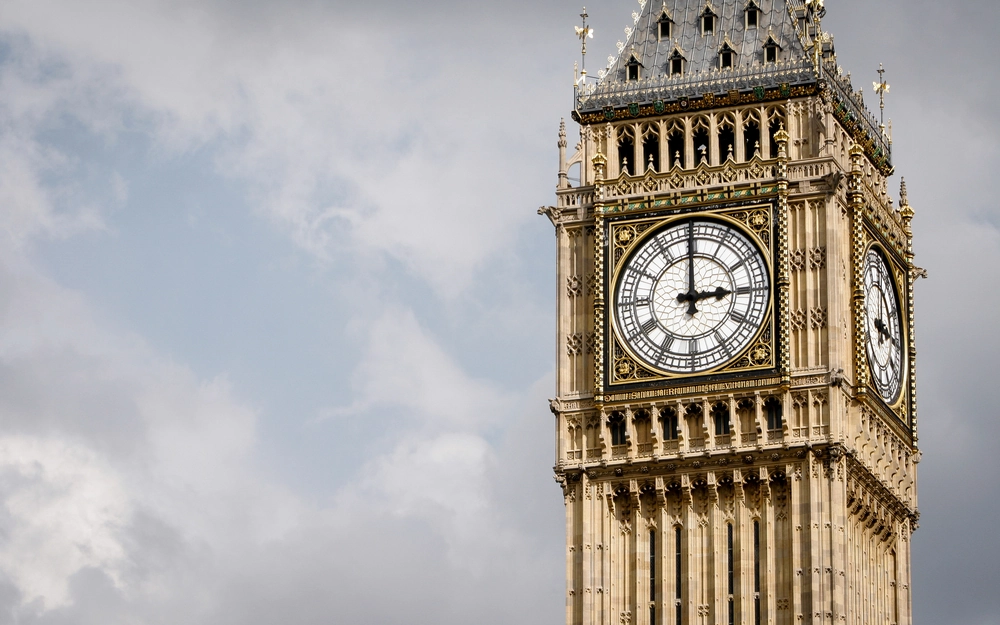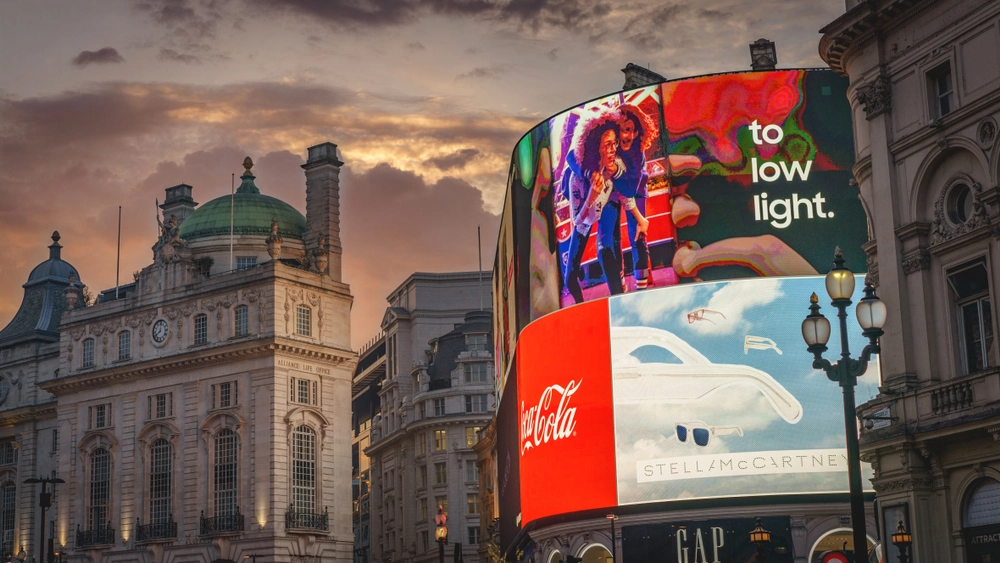
This article was first published in Intellectual Property Magazine and has been reproduced with their kind permission.
More than 20 years have passed since the concept of 'communication to the public' was expressly introduced by Article 8 of the WIPO Treaty. Adopted on 20 December 1996 in Geneva, the Treaty provides for the exclusive right of authors to authorise "…any communication to the public of their works, by wire or wireless means, including the making available to the public of their works in such a way that members of the public may access these works from a place and at a time individually chosen by them."
This was transposed into EU law, in almost identical terms, by Article 3(1) of Directive 2001/29 (the "InfoSoc Directive"). However, neither the Treaty nor the Directive provides any definition of the concept; that has been left to the Court of Justice of the EU ("CJEU").
Rather than taking the numerous opportunities it has had to provide clear and consistent guidance on the concept of communication to the public, the CJEU instead has made a series of inconsistent judgments by which the scope of what falls within the 'communication to the public' concept has developed gradually.
So, where are we now?
The answer to that is not entirely straightforward but in Reha Training, C117/15, GS Media, C-16015, and Filmspeler, C-527/15 the Court (and its Advocate Generals) have provided an analysis of the earlier, sometimes inconsistent, case-law from which the following principles can be extracted:
A Broad Interpretation: The concept must be interpreted broadly in order to provide a high level of protection for authors and it is necessary to consider several complementary criteria which are 'not autonomous and are interdependent' and 'must be applied both individually and in their interaction with one another.
"A Public": an indeterminate number and implies a fairly large number of people
Profit Making Nature: Finally, the Court has also made clear that the profit making nature of the communication in question is, at the very least, not irrelevant the use of hyperlinks.
Transmission
The transmission cases will be of particular interest to any business which makes use of music, film or TV even if that is not core to the business. The cases referred to the CJEU themselves provide examples.
In SGAE, C-306/05 a hotel operator distributed TV broadcasts to television sets in guests' bedrooms. The Court noted that while the mere provision of physical facilities (i.e. at TV) does not as such amount to communication, the hotel operator intervened, in full knowledge of the consequences of its actions, to give access to protected works. Absent that intervention, the Court noted, guests would not, in principle have been able be able to enjoy those broadcasts. Further, the Court considered the hotel’s communication was for profit because it was “an additional service which has an influence on the hotel’s standing and, therefore, on the price of its rooms.”
In contrast, the CJEU has concluded that the playing of music within a private dental practice was not of a profit-making nature because the dentist could not “reasonably…expect a rise in the number of patients because of that broadcast alone or increase the price of the treatment.” (SCF, C 135/10).
Nonetheless, in Reha Training, the Court ruled that the operator of a rehabilitation centre which provided televisions in two waiting rooms and a training room for patients to watch programmes, did constitute a communication to the public.
Businesses need to consider whether any transmission of copyright protected broadcasts, film, TV or music within commercial premises requires the appropriate licence permissions from collecting societies. That is not limited to premises open to the public (i.e. customers or clients) but given the way the court had defined 'a public' will likely also include workplaces occupied by employees.
Hyperlinking
The Court of Justice was provided with the first opportunity to clarify whether or not the provision of hyperlinks or linking to protected content online could constitute a communication to the public in Svensson, C-466/12. Svensson concerned the inclusion on a company’s website of links redirecting users to press articles in which the applicants held the copyright. The Court concluded that the provision of such links on a website to works freely available on another website does not constitute an act of communication to the public. The Court's reasoning was that although the provision of such links was an act of communication, it was not to a 'new public' since the content linked to was already freely available.
Whilst Svensson provided some comfort to websites that share others' content through links, it left a number of unanswered questions, such as whether linking to content freely available on the internet but without right holders consent, would be treated differently.
GS Media provided the answer to that question but rather than simply doing so by adopting an approach consistent with the earlier case-law, the CJEU introduced a further criterion of "knowledge" or "presumed knowledge" of the unauthorised status of the protected work linked to. The case concerned the repeated posting of a link to leaked Playboy photographs of the Dutch personality Britt Dekker. Green Stijl, a Dutch blog well-known for scandalous and controversial blogs, posted a link to the images hosted on another website, where they had been placed without the consent of the publisher.
Having noted that it could not be inferred from Svensson that the provision of links to works freely available online but without consent should be excluded from 'communication to the public', the Court refused to go so far as saying that posting links to such unauthorised content would always be a 'communication to the public'. Applying an "individualised assessment", the Court said:
"… in order to establish whether the fact of posting, on a website, hyperlinks to protected works, which are freely available on another website without the consent of the copyright holder, constitutes a ‘communication to the public’ …, it is to be determined whether those links are provided without the pursuit of financial gain by a person who did not know or could not reasonably have known the illegal nature of the publication of those works on that other website or whether, on the contrary, those links are provided for such a purpose, a situation in which that knowledge must be presumed."
The CJEU has provided no further guidance on how national courts should assess when links are provided in pursuit of financial gain such as to bring in the rebuttable presumption of knowledge. Clearly, the operators of websites which collate and provide links to unauthorised content online (such as unauthorised film, TV and music content) in order to generate advertising revenue will be caught. As will, it is submitted, commercial news or gossip websites which use links to unauthorised works as part of reports and stories. Any business which includes links to third party content online on its website may also be caught since the website is operated for commercial purposes (i.e. in pursuit of financial gain) and will need to ensure they make the appropriate checks.
For more information, please contact Neil on +44 (0)117 915 4619 or [email protected] or contact Rachel on +44 (0)1392 685210 or e-mail [email protected].













